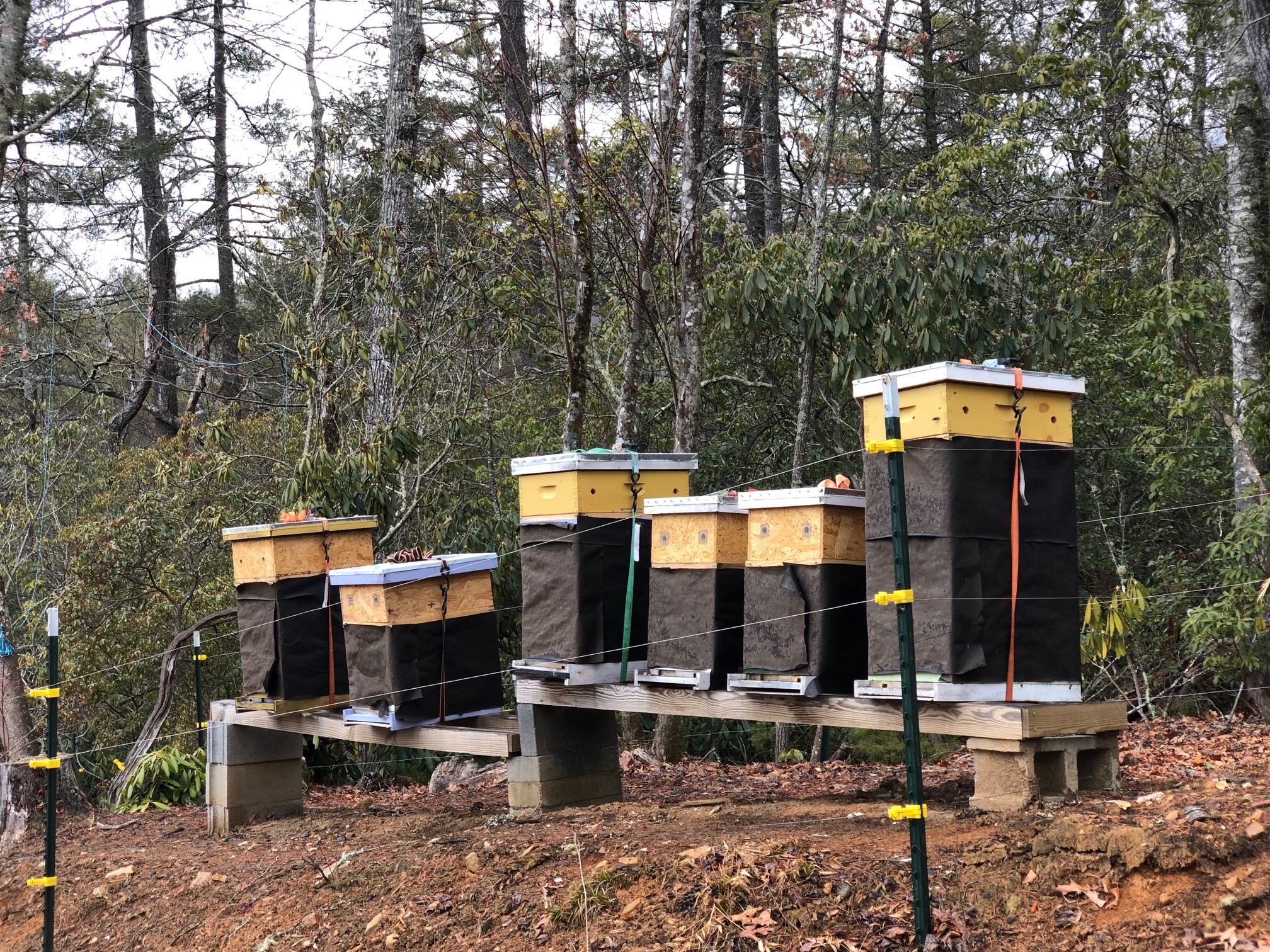February, not April, is the cruelest month, with apologies to T.S. Eliot.
For beekeepers, the waste land of February with cold and snow followed by short, balmy 50 degree days, can be the danger zone for our bees. Brought out of cluster to gather what pollen and water might be available on warmer days, the winter bees expend energy that must be replenished from their meager winter stores in the hive — stores of fall honey that are dwindling. And the queen, ever the optimist, begins laying a new generation of bees that must be fed and kept warm. February is the time when beekeepers worry the most. Or they should.
Have you done everything you can to prepare your colonies for the cruel February-March danger zone, as well as for the hectic April-May that follows?
Put down that seed catalog and get into the bee yard — if only to do the heft test to gauge how much honey is left. You may find that your hives are lighter than they should be, in which case some emergency feeding is prescribed to avoid starvation. Most of my bee friends have invested in some insurance coverage for winter including such things as moisture quilts, sugar bricks, winter patties (carb-rich food), fondant, or just plain dry sugar. We, who see our bees as our treasured livestock, may employ all those emergency measures if only to avoid those midnight worries as the winds howl. It makes us feel better, and may help the bees a bit too.
On a rare warm day (50 degrees or more) pop the lid a little and check to see if the bees are still alive, and have some emergency feed. On one recent warm day, my Bee Buddy Ed and I peeked in one of my hives, quickly pulled a center frame and found a hopeful little patch of capped brood — in early February. We also saw lots of bees chowing down on the remains of a winter patty and sugar. Meanwhile at the pollen feeder, there was a throw-down of epic proportions with workers flinging pollen sub power all over each other before heading back to the hive with fully packed corbiculae. On those evil, too-cold-to-venture-outside February days, you’ll do well to inventory your equipment, visit your local bee supply store and get your orders of frames, foundation and boxes placed before the backorders begin. Remember the mad May scramble for more frames, more foundation, more supers? It’s a good time to review your Varroa mite mitigation plan as well. Study the mite life cycle so you’re familiar with when these evil beings are most likely to attack your bees causing various viruses. A great source of information on all bee health matters as well as treatment options is the Honey Bee Health Coalition‘s “Tools for Varroa Management.”
Repainting and repairing empty boxes is rather therapeutic for winter blues, as is making a list of New Year’s bee resolutions. For me, that list is so long I doubt if there is hope for completing even half, but it’s fun to dream. Will you finally master grafting queens? How about building or experimenting with a new hive type like a Comfort hive, a Warre hive or a Layens? Schedule a bee friend get-together and just talk bees for a couple of hours over a few beers — a proven February tonic.
And don’t forget to wile away those cold evenings in front of the fire with a great bee book (Tom Sealy’s Honey Bee Democracy anyone?). Or maybe you’ll find yourself lost in the rabbit hole of YouTube videos and beekeeping podcasts — just don’t believe everything you see/hear there!
So while February may seem like the cruelest month, you can make the best of it with good bee friends, a little bit of winter energy, a dash of curiosity and the endless optimism that is inspired by our ever-hopeful and resilient honey bees.



Comments are closed